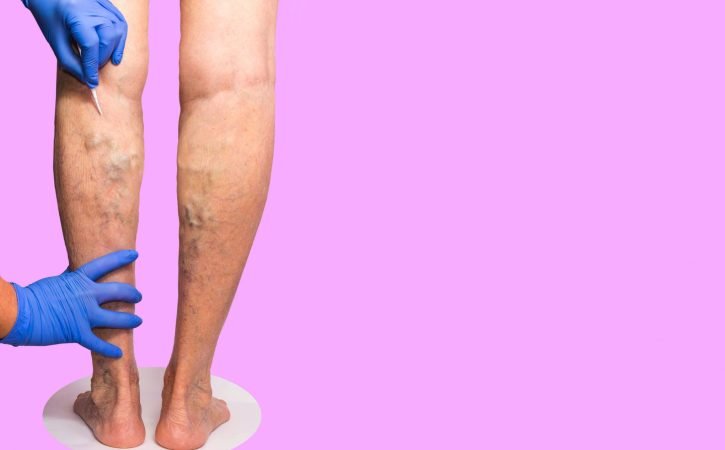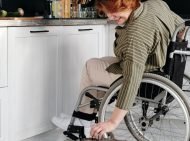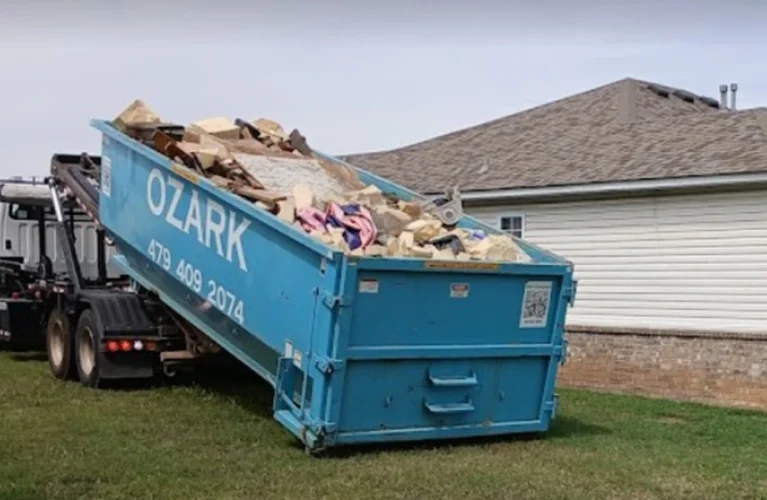
Varicose veins, often known as bulging and twisted veins, are frequently seen on the legs. They may make you feel uneasy and lower your self-esteem. But don’t panic; you have access to therapy choices that can assist you. This article will help you know What Kind of Doctor is a Vein Specialist and the distinctions between surgical and non-surgical varicose vein treatments.
Surgical Treatment For Varicose Veins
Vein Stripping
One surgical procedure to treat varicose veins is vein stripping. Small incisions are made in your leg during this treatment, and the problematic vein is removed. By removing the damaged vein this enhances blood flow. Vein stripping, while successful, could result in scarring and a longer recovery time.
Endovenous Laser Ablation (EVLA)
EVLA, also known as endovenous laser ablation, is a less invasive surgical approach. A laser fiber is placed into the troubled vein during this treatment. The vein closes shut as a result of the heat the laser creates, sealing the vein. Your body gradually absorbs the blocked vein on its own, enhancing blood flow. Compared to vein stripping, EVLA often requires less time for recovery.
Ambulatory Phlebectomy
Another surgical treatment for varicose veins is ambulatory phlebectomy. Small incisions are created along the vein’s course during this treatment, and the diseased vein is cut up and removed in pieces by the surgeon. Varicose veins can be successfully treated with ambulatory phlebectomy. However, there may be some scarring and a brief recovery period.
Non-Surgical Treatment for Varicose Veins
Non-Surgical Treatment For Varicose Veins
Compression Stockings
Non-surgical clothing called compression stockings applies pressure to your legs to help with blood flow. They can assist in easing the pain and swelling that come with varicose veins. Compression stockings can be readily incorporated into your regular routine without the necessity for surgery.
Sclerotherapy
In a non-surgical method called sclerotherapy, a specific solution is injected directly into the varicose veins. The vein’s lining becomes irritated by this solution, which finally causes it to disintegrate and disappear. Sclerotherapy is a minimally invasive alternative that frequently doesn’t call for recovery time, making it a practical option for many.
Radiofrequency Ablation (RFA)
The non-surgical procedure known as radiofrequency ablation, or RFA, uses radiofrequency radiation to heat and seal off the varicose vein. RFA, like EVLA, seeks to increase blood flow by capping the injured vein. In comparison to surgical procedures, RFA is frequently well tolerated and requires less time for recuperation.
Lifestyle Changes
Altering one’s lifestyle can also effectively treat varicose veins without surgery. Simple changes like elevating your legs while you rest, avoiding prolonged standing or sitting, and regular exercise can help relieve symptoms and stop varicose veins from getting worse.
To Wrap It Up
After going through this article, you have now understood what are the treatment options for varicose veins, both surgical and non-surgical. You can now make an informed decision and can get the best treatment for your vein condition. To get more assistance, contact a phlebologist.










